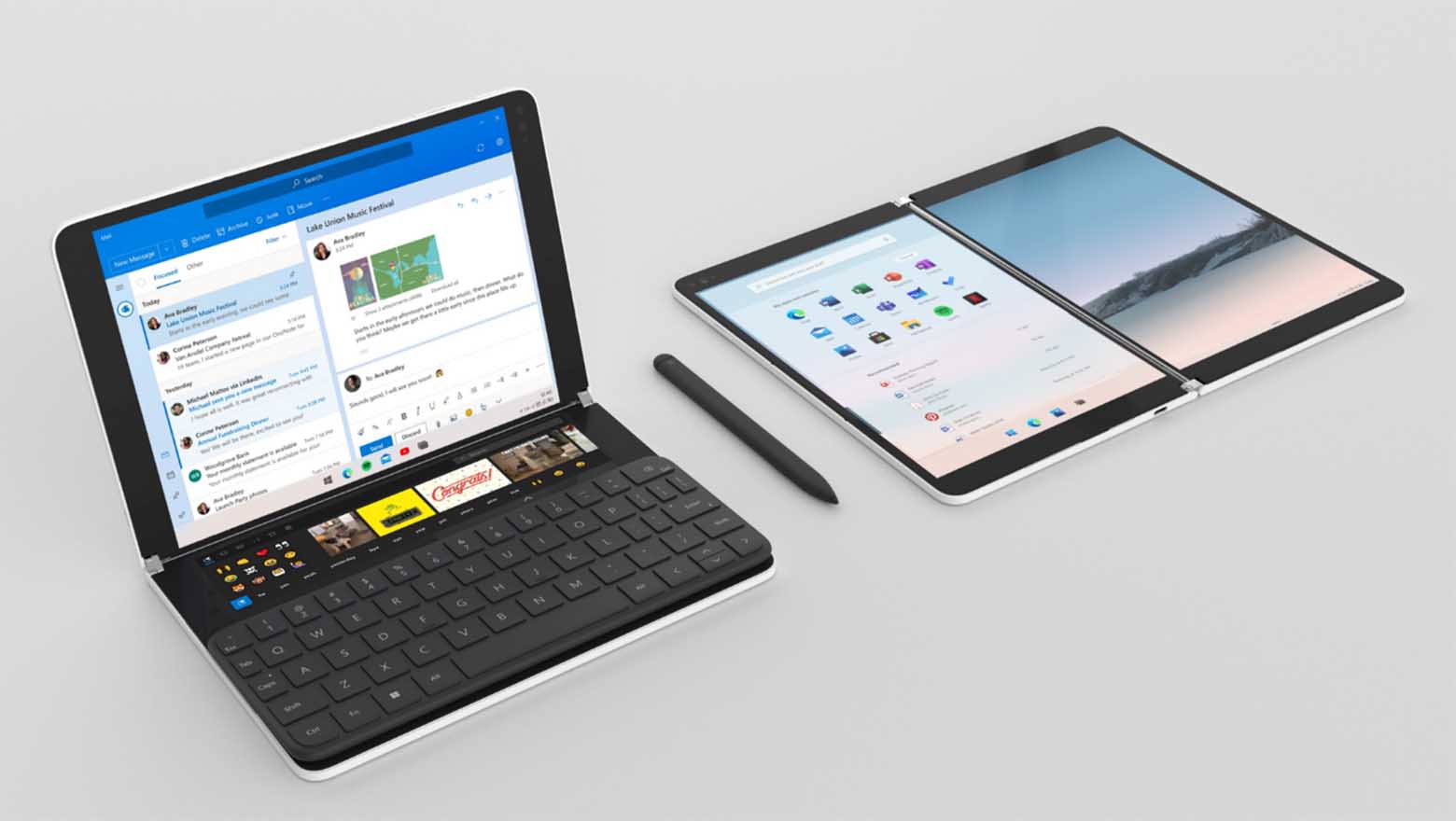Microsoft has indefinitely delayed Windows 10X, its lightweight operating system for low-spec systems and foldables, according to reports from Windows Central and Petri. Instead, the company will turn its focus to the existing desktop experience.
A Microsoft spokesperson told Tom’s Hardware that “Microsoft has nothing to share at this time.”
Windows 10X was introduced in 2019 at a Surface-based event as a version of the Windows 10 operating system designed for dual-screen devices, like the Surface Neo. But Windows 10X was delayed to spring 2021 after a shift to single screen devices to service people’s needs during the Covid-19 pandemic. The Surface Neo was delayed, and no date was ever given for a release. The device was also removed from Microsoft’s website.
In theory, not only would Windows 10X power foldables, but also rival Google’s Chrome OS with support for low-power computers. The Surface Neo, for instance, was going to run on Intel’s Lakefield platform.
The company is reportedly focusing on the existing Windows 10 experience now. Its Sun Valley update, which will include a visual overhaul will likely see the benefits of Windows 10X later this year.
Windows 10X was not Microsoft’s first attempt to rejuvenate Windows 10. Windows 10 S showed up with the Surface Laptop in 2017, but was seen as limited and later made into a locked down mode that users could easily switch out of. And let’s not forget Windows RT, which launched alongside the original Surface Tablet in 2012, only to be discontinued a year later, although technically that was in the days of Windows 8.
Recently, Microsoft announced that 1.3 billion active devices are running Windows 10. It appears that Microsoft is focusing on those experiences instead.
